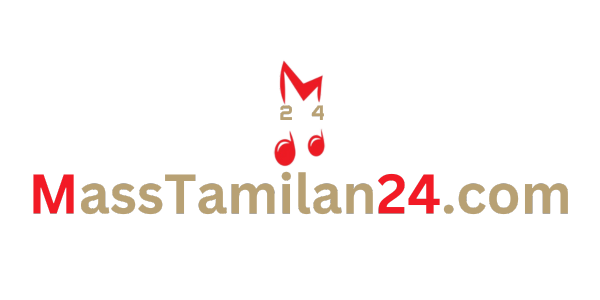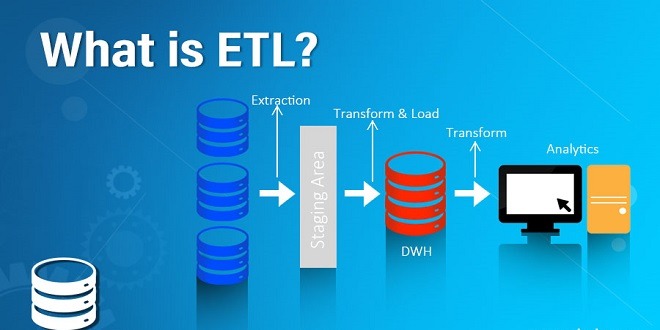Extract, transform, and load (ETL) is a data pipeline used to collect data from various sources, convert the data into a consistent format, and load it into a data warehouse or data lake for further analysis and reporting. ETL can be used to consolidate data from multiple sources into a single data warehouse or data lake, making it easier and faster to run queries and generate reports. ETL is also beneficial for businesses. Keep reading to learn more about ETL basics, including the definition, benefits, and how ETL can help your business.
What is the ETL process?

So, what is ETL? ETL, or extract, transform, and load, is extracting data from one or more sources, transforming it into the desired format, and loading it into a target database. The ETL process can move data between different systems or clean and consolidate data before reporting or analysis. The extraction component extracts the data from the source system in a format that can be understood by the transformation and load components.
The transformation component cleans and transforms the extracted data into a suitable format for loading into the destination system. Cleaning and transporting the extracted data can include reformatting the data, adding or deleting columns, or calculating derived fields. The load component loads the transformed data into the destination system. This may involve transferring the data to a database or file system or importing it into an analytical tool such as Tableau or Excel.
The critical components of an ETL process are data sources, data transformation, and data loading. Data sources can be relational databases, NoSQL databases, text files, or other data sources. Data transformation includes cleansing, filtering, and aggregating data. Data loading includes loading data into a data warehouse or data lake.
What are the benefits of using ETL?

The benefits of using ETL include increased efficiency, increased accuracy, improved data quality, and greater flexibility. In terms of increased efficiency, the ETL process can help to speed up the process of moving data between systems, which can help businesses to save time and money. For increased accuracy, the ETL process can help to ensure that data is accurately transferred between systems. This can help companies avoid errors and improve the accuracy of their data. The ETL process improves data quality by removing or correcting data that is inaccurate or incomplete. This can help businesses to make better decisions based on accurate data. Lastly, in terms of greater flexibility, the ETL process can help businesses to flexibility to move data between different systems. This can help companies to better adapt to changes in their business and improve their efficiency.
What businesses use ETL?
Many different businesses use ETL. Some of the most common are banks, insurance companies, and healthcare organizations. Banks use ETL to process large amounts of data in a short amount of time to make accurate decisions about their customers. Banks use ETL to move data from one system to another system. This is typically done to improve the performance of the bank’s operations or to make the data available for analysis. Insurance companies use ETL to process data from their customers to determine rates and coverage. There are several different ETL tools and platforms that insurance companies can use, and the choice of tool will largely depend on the specific needs of the company. Lastly, healthcare organizations use ETL to process data from their patients to diagnose illnesses and track their progress.
Conclusion
Overall, ETL basics are essential for data management and analysis. The definition, benefits, and critical components of ETL help to streamline data management and improve data quality.
 Masstamilan24.com
Masstamilan24.com





